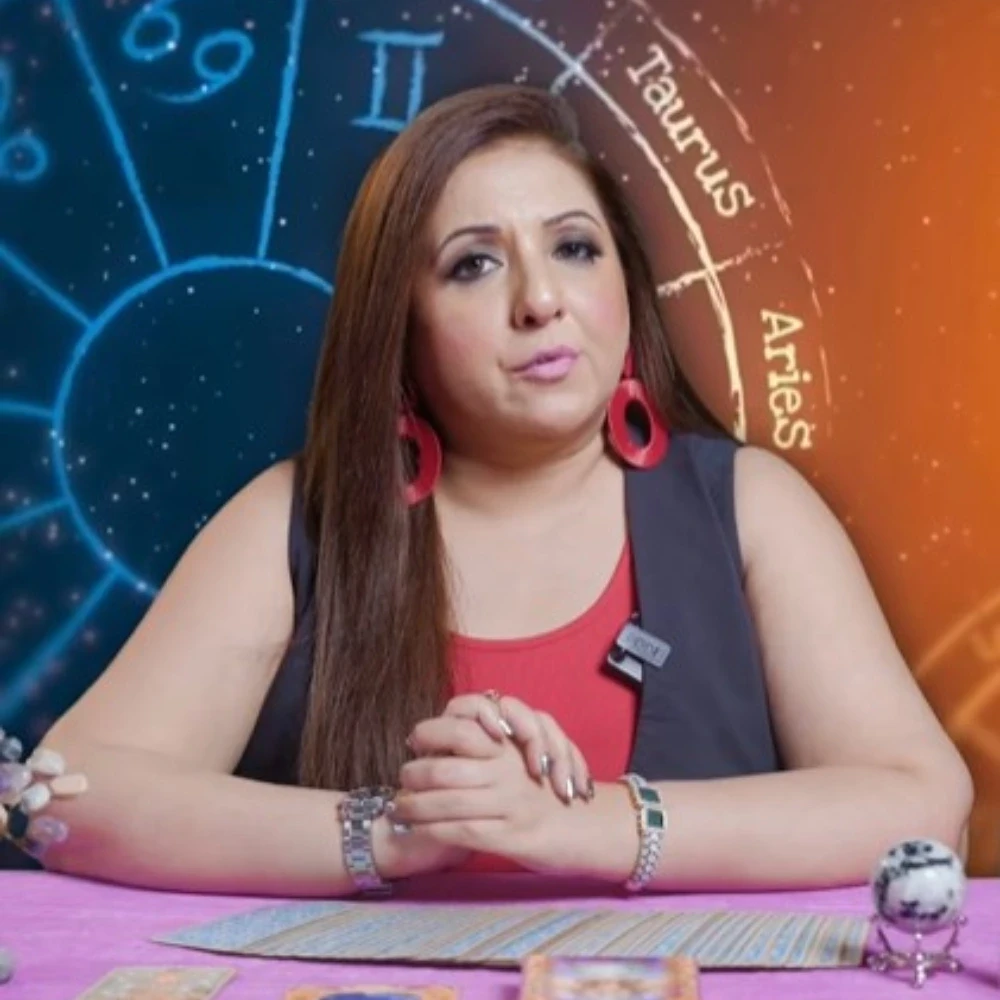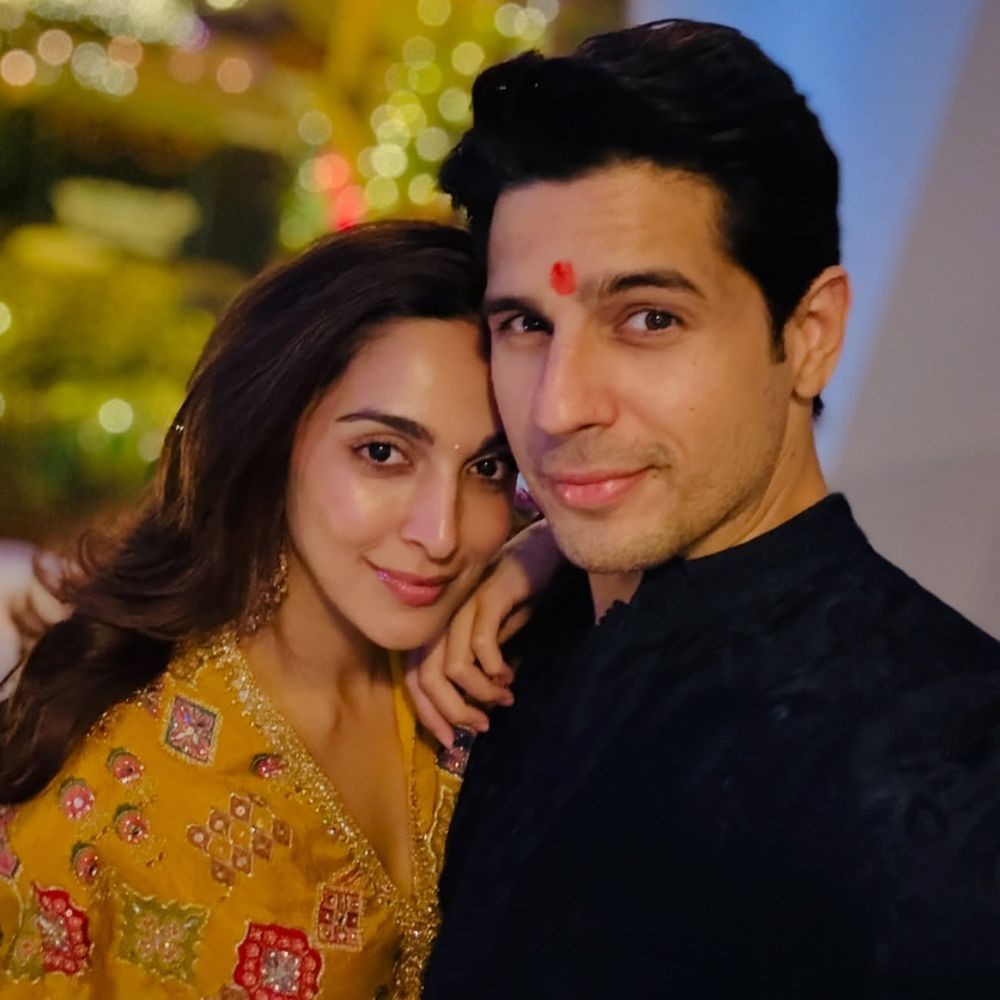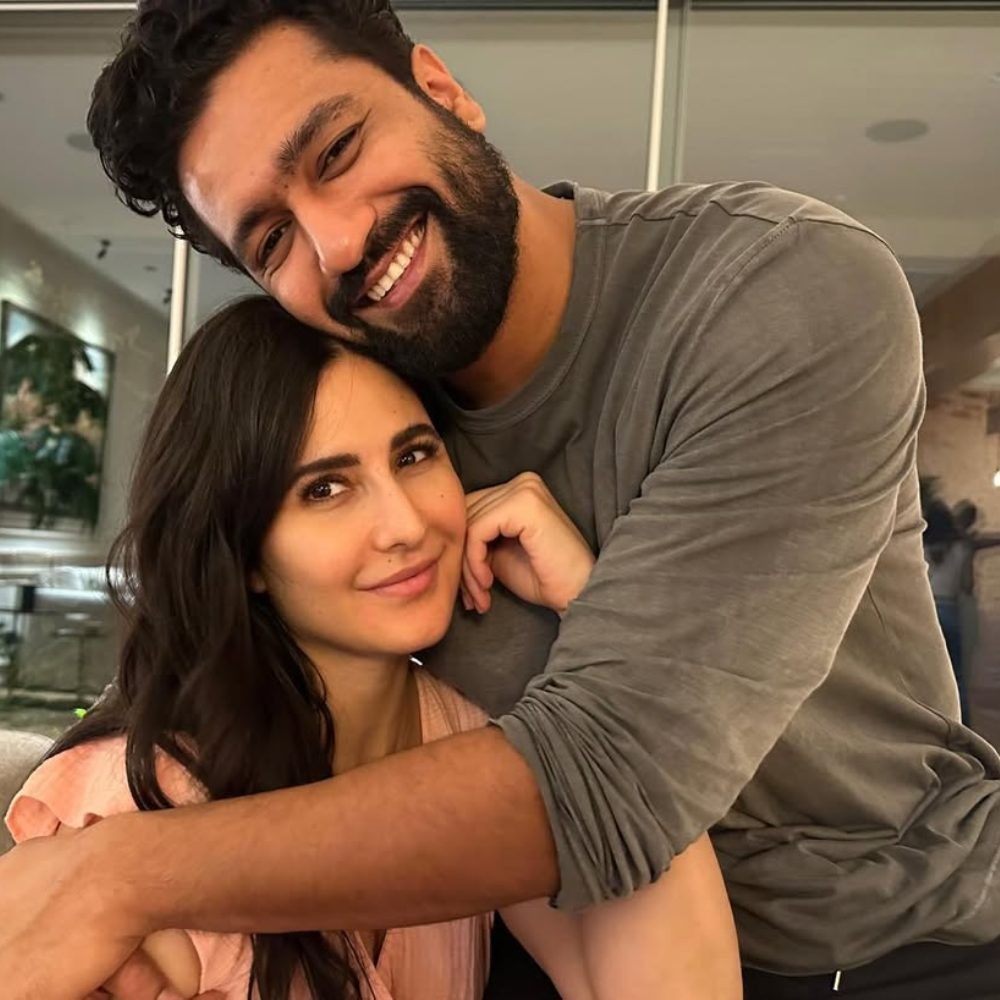10 Essential Open Relationship Rules for Long-lasting Connections
If you are unsure about the boundaries in your non-monogamous union, we’ve got you covered. Here’s a list of open relationship rules to overcome any obstacles.

Love, intimacy, and connection have always been at the heart of human relationships. As our society evolves, so do our notions of love and commitment. In recent years, a paradigm shift has taken place, challenging the conventional norms of monogamy and paving the way for open relationships to flourish. Despite its potential for sparking intrigue, it is undeniable that an increasing number of individuals are actively exploring this alternative approach to love, guided by certain open relationship rules that foster respect, contentment, and emotional well-being.
Now, we truly understand that by this point, your curiosity must be running high as you might find yourself enthralled by the mystique of such a kind of relationship. But even before that, some questions must be dancing in your mind, eager to be answered. For example -- How do they work? Can love truly flourish in such an unconventional setting? Welcome, curious seeker, to a captivating exploration where we unravel the secrets of consensual non-monogamy guidelines. So, get ready to have your expectations blown away as we explore the depths of communication, trust, and personal freedom.
What Exactly is an Open Relationship?

Open relationships, often considered a form of non-monogamous relationships, are a unique approach to romantic connections that challenge the traditional notions of exclusivity and monogamy. In an open relationship, individuals or couples consciously choose to engage in emotional, romantic, or sexual relationships with multiple partners while maintaining open communication and establishing mutually agreed-upon rules and boundaries. Such a partnership provides individuals the freedom to explore diverse connections and experiences with the consent and support of their partners.
While open relationships share similarities with other forms of non-monogamy, such as polyamory and swinging, there are pretty much notable differences. Polyamory involves having multiple committed relationships with the knowledge and consent of all involved partners, often with a focus on emotional intimacy. And swinging, on the other hand, typically refers to couples engaging in sexual activities with other couples or individuals, often as a shared experience.
Now, when we consider open relationships, the possibilities abound, depending on the preferences and agreements made by the individuals involved. Some couples may choose to engage in purely sexual encounters with others while maintaining emotional exclusivity within their primary partnership. Others may opt for emotional connections with multiple partners without restrictions on sexual exploration. The possibilities within open relationships are as diverse as the individuals who embark upon them.
How to Deal with An Open Relationship?

Navigating an open relationship can be a complex journey filled with various emotions and challenges. Even if you try to approach it with an open mindset, feelings of jealousy and insecurity can still arise. Seeing your partner emotionally or physically involved with someone else may trigger these emotions, leading to difficulties in managing them. Therefore, for an open relationship to be successful, there should be a high level of self-awareness and emotional maturity. Only then will the people involved in it will be able to navigate their feelings and address them constructively.
It is always important to remember that open relationships do not mean a lack of commitment or emotional connection. Many people in open relationships still have strong emotional bonds with their primary partner. It is essential to nurture and prioritize the primary relationship, ensuring that both partners feel loved, valued, and supported. This might involve spending some quality time together, engaging in activities that strengthen the bond, actively addressing any insecurities or jealousy that may become a problem in the future, and at the same time maintaining your individuality outside of the relationship.
Can Open Relationships Work?

An open relationship can totally work when both partners are super committed and talk openly about their needs and limits. It is all about trust, honesty, and handling emotions like jealousy. Regular check-ins and clear agreements can definitely help keep things on track. Plus, it is a chance for personal growth and exciting new experiences.
However, while an open relationship can bring benefits to some couples, it is equally important to acknowledge the challenges it presents. If someone is uncomfortable with their partner being involved with others or tends to feel insecure, they may not be suited for this type of arrangement. It really takes effort to navigate these complex feelings and maintain a healthy emotional balance within the relationship. Additionally, managing multiple relationships requires careful time management and prioritization. Balancing schedules, emotions, and the needs of different partners can be demanding. It requires careful consideration, organization, and open communication to ensure that all partners feel valued and respected. So, ultimately, for a harmonious open relationship to work, both partners must be on the same page and committed to establishing clear open relationship rules and boundaries.
The 10 Rules of an Open Relationship

Establishing rules for open relationships is like creating a fun fair playbook for everyone involved. It helps set clear boundaries and expectations, like deciding who is on the team and what's allowed in the game. These guidelines, which may change based on the tastes and expectations of the couple, undoubtedly help in preventing misunderstandings, lowering resentment, and fostering respect and trust. It is like having a roadmap for adventure so everyone can enjoy the journey together with the necessary peace of mind required.
Keeping that in mind, let us explore the commonly embraced open relationship rules that many people tend to rely on.
1. Maintain And Sustain the Trust
Trust is the glue that holds an open relationship together, building a sense of mutual respect, honesty, and emotional support. And without trust, the foundation of open communication and emotional security begins to crumble. It becomes difficult for partners to feel safe and vulnerable with each other, hindering the growth and nurturing of their connection.
For example, imagine a couple in an open relationship who has established clear boundaries. They have agreed to communicate honestly about their outside connections and maintain an open dialogue about their experiences. However, if one partner breaks the trust by engaging in activities without informing the other or disregarding the agreed-upon boundaries, it can lead to feelings of betrayal and insecurity. This can leave the partner cheated on, feeling hurt, resentful, or even questioning the viability of the open relationship itself.
2. Maintain Transparency About Everything
By being open about everything in their relationship, partners can look out for potential challenges and address concerns promptly. They can openly express their desires, communicate any changes in boundaries, and ensure that both individuals feel valued and heard. Transparency promotes a culture of honesty and allows partners to collaboratively shape the rules and dynamics of the relationship. Moreover, being open about everything helps avoid secrecy and potential breaches of trust. When partners have a clear understanding of each other's experiences and connections, it minimizes the risk of hidden agendas or betrayals.
For example, if in an open relationship, one partner starts developing a strong emotional connection with someone new by openly discussing their feelings, the primary partner can gain insights into their partner's experiences and provide the necessary support. This open dialogue helps prevent misunderstandings, jealousy, and insecurity from festering within the relationship.
3. Always Prioritize Consent And Respect

Consent in an open relationship always ensures that all individuals have willingly agreed to engage in any new connections or experiences. It promotes a sense of awareness and respect for personal boundaries. But at the same time, respect also goes hand in hand with consent, as it acknowledges the individuality and value of each person involved. It involves treating others with kindness, consideration, and understanding. Respecting the boundaries, emotions, and choices of all partners creates a safe and nurturing environment where everyone feels acknowledged and empowered.
For instance, let us picture a couple in an open relationship where one partner expresses interest in exploring a new connection. By seeking consent from their primary partner and the potential new partner, they are showing respect for everyone's autonomy and emotional needs. This open dialogue and consent-seeking process allows for open and honest communication, ensuring that all parties are on board and comfortable with the arrangement.
4. Indulge in Shared Decision-Making
To build a healthy open relationship, know that shared decision-making is equally important as it guarantees that both parties have an equal say in determining the dynamics and bounds of the union. It encourages cooperation, understanding, and shared responsibility, which ultimately results in a more harmonious and satisfying open relationship.
Think of a situation when one partner displays a desire to pursue a new relationship while the other partner is apprehensive or uneasy about their interest. By engaging in shared decision-making, both partners can candidly discuss their feelings, concerns, and desires. They can explore potential scenarios, weigh the pros and cons, and make a joint decision that aligns with both their needs and comfort levels.
5. Indulge in Safe Practices
Having safe practices in an open relationship is equally important to prioritize the physical and emotional well-being of all partners involved. It definitely involves practicing safe sex, prioritizing sexual health, and taking necessary precautions to reduce the risk of sexually transmitted infections (STIs) and other potential health concerns.
So, for a couple in an open relationship, where both partners frequently engage in intimate connections with others, prioritizing safe sex becomes essential for the well-being of all involved. This means consistently using barrier methods like condoms, undergoing regular STI screenings, and openly discussing sexual health histories. By doing so, they show a dedicated commitment to safeguarding their own health and the health of their partners.
6. Maintain Confidentiality And Discretion

Maintaining confidentiality and discretion in an open relationship is important to respect the privacy and boundaries of all partners involved. It recognizes that certain aspects of outside connections and experiences may be personal and private, and not everything needs to be openly shared. By practicing confidentiality and discretion, partners can create a safe space for open exploration without the fear of judgment or unnecessary exposure.
For example, in an open relationship, if one partner forms a strong emotional bond with someone outside the primary relationship, it becomes crucial for the other partner to uphold confidentiality. They should not disclose intimate details to others without the consent of both parties involved. Respecting their secrecy allows individuals to maintain a sense of individuality and privacy within their external relationships.
7. Set Strict Rules And Boundaries
Setting open relationship rules and limitations serve as guidelines that define what is acceptable and comfortable for each individual within the relationship. They provide clarity on issues such as the level of physical intimacy allowed, the disclosure of details about outside connections, or the involvement of third parties in shared activities. By openly communicating and respecting these boundaries, partners can avoid crossing each other's comfort zones and maintain a sense of emotional safety.
Consider a couple in an open relationship where one partner is unhappy seeing their main partner form deep emotional ties with others. So, by setting boundaries around emotional involvement and discussing their limits, they can ensure that their emotional needs are met and their concerns are acknowledged. This allows both partners to navigate their external relationships with a clear understanding of each other's boundaries and expectations.
According to Dr. Samar Hafeez, Consultant Psychologist and a Certified Holistic Health and Wellness Coach, “It highly depends on the desires of both parties involved. If they are purely and genuinely sure that this type of relationship is what best suits their emotional, psychological, and sexual demands, and they never want to give up on their primary partner, then yes, it can work. However, strict rules which include regular open communication, mutual understanding, and respect. But this kind of relationship has a lot of confusion, jealousy, and mistrust within its dynamics. It's always better to rethink and carefully choose open relationship situations.”
8. Maintain Feelings of Jealousy And Insecurity
It is important to manage and address feelings of jealousy and insecurity in an open relationship to maintain a healthy and thriving dynamic. Jealousy and insecurity can arise when one partner feels threatened or low on confidence due to the involvement of others. However, if not addressed effectively, these emotions can strain the relationship and hinder the growth and exploration an open relationship offers.
For instance, let us consider a scenario where one partner expresses interest in exploring a new connection, which triggers feelings of jealousy in the other partner. Instead of suppressing or ignoring these emotions, both partners engage in open communication and actively work together to address the underlying concerns. They may discuss the root causes of jealousy, identify insecurities, and find ways to provide reassurance and support to each other.
9. Line Up Regular Check-ins

Regular check-ins in an open relationship are important to ensure ongoing communication, connection, and emotional contentment between partners. These check-ins provide an opportunity to discuss any changes, concerns, or new developments in the relationship, and to ensure that both partners feel valued and supported.
For instance, picture a couple in an open relationship who initially agreed upon certain boundaries and expectations. However, over time, one partner starts to feel a shift in their comfort levels or experiences emotions they did not see through coming. By engaging in regular check-ins, they can openly express their feelings, share any insecurities or concerns that might have arisen, and collaboratively reassess and adjust their boundaries as needed.
10. Withdraw If it Fails
It is important to be willing to back out of an open relationship if it is not working for one or both partners. Recognizing when a relationship is no longer serving the needs and well-being of the individuals involved is really crucial for their emotional health and overall happiness. In fact, backing out of an open relationship when it is not working is an act of self-care and self-respect. It is a recognition that individuals deserve to be in relationships that bring them joy, fulfillment, and emotional stability. It also opens up space for personal healing and reflection, allowing individuals to learn from the experience and make informed choices about their future relationships.
For example, a couple may initially enter an open relationship with utmost excitement and curiosity. But if they soon discover that the arrangement is bringing more stress, conflict, or emotional turmoil than anticipated, they should be willing to see the red flags and quit the setup. Despite their efforts to navigate the challenges, it becomes evident that the open relationship dynamic is causing more harm than good.
In a nutshell, having open relationship rules set is like having a trusty compass to guide you through the wild world of non-monogamy. Just like each couple is unique, their rules will have their own flair. But the key is to ensure everyone is on the same wavelength and communicating. With understanding, kindness, and a commitment to personal growth, an open relationship can be an exciting roller coaster ride that leads to individual and relationship bliss.
ALSO READ: Love Matters: 4 Signs that an open relationship is right for you
Thinking of having an open marriage? Here are 3 tips to make it work





 JOIN OUR WHATSAPP CHANNEL
JOIN OUR WHATSAPP CHANNEL















































































